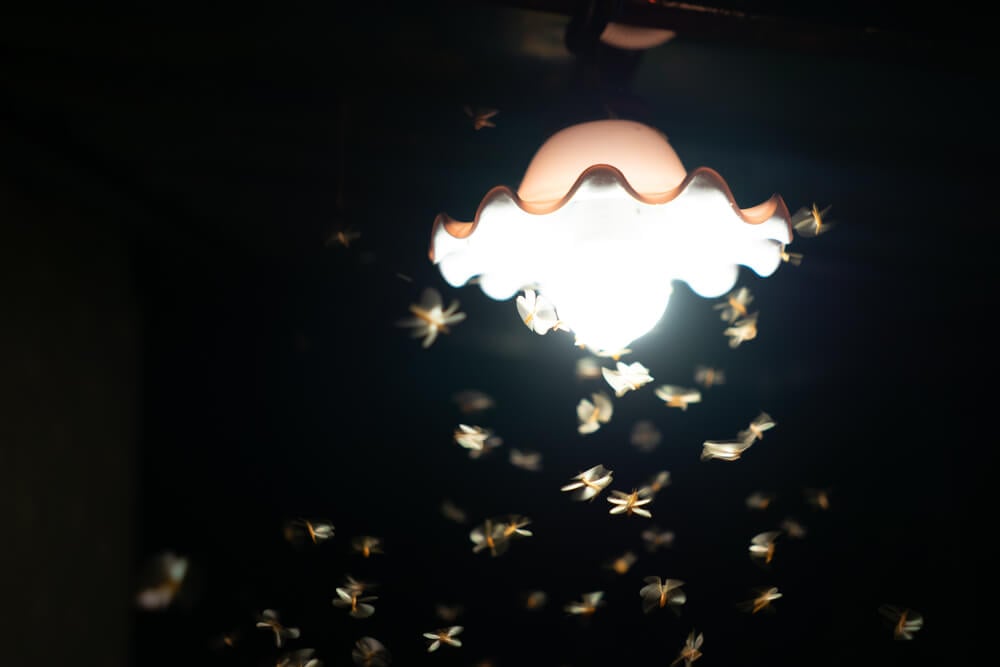In the previous post, we saw how light affects the navigational abilities of wildlife. However, the impact of light is far-fetching, affecting their survival and reproduction as well.
Fundamentally, light affects the survival of organisms such as birds, whose migratory movements and hunting tendencies are based on natural light sources such as moonlight or starlight. Artificial light in the urban environment has been a common cause of bird mortality, as these birds wander off-course and collide into illuminated infrastructures. An estimated 1 billion birds die from building collisions in the United State each year, with light pollution expected to increase the severity of this problem (Feingold, 2019). Light may also cause them to mis-time their migratory schedule, missing optimal conditions required for nesting, foraging, reproduction and other behaviours.
Besides, many creatures depend on darkness for reproduction. For amphibians such as frogs and toads, croaking in the dark is part of their mating ritual. Excessive light in their terrestrial environment hinders their mating activity and hence reproduction. Aquatic organisms such as clownfishes – or more famously known, Finding Nemo – also require darkness for their eggs to hatch. Artificial light present in rainforests where these amphibians inhabit and near the coast lines where reef fishes are found hence affects the organisms’ ability to reproduce.
Last but definitely not the least, light affects natural ecosystem processes as well. A study in Europe has shown that exposure to urban light pollution reduces flight-to-light behaviour organic to moths, and is a strong driver for the reduction of moth populations (Macgregor et al., 2015). Moths provide essential ecosystem services such as pollination of flowers, where reduction in the population of pollinators could impact crop yield significantly.

Figure: Flight-to-Light behaviour in moths (Source: Google Images)
The impacts of light on biodiversity are complex and manifold. Yet, it often seems to be neglected when analysing threats to our biodiversity and when drafting policies that protect them and it is definitely time to bring these issues to light. See you in the next post!
References
Altermatt and Ebert. (2016). Reduced flight-to-light behaviour of moth populations exposed to long-term urban light pollution | Biology Letters. [online] Available at: https://royalsocietypublishing.org/doi/full/10.1098/rsbl.2016.0111
Feingold, L. (2019). Big Cities, Bright Lights And Up To 1 Billion Bird Collisions. [online] NPR.org. Available at: https://www.npr.org/2019/04/07/710847132/big-cities-bright-lights-and-up-to-1-billion-bird-collisions
International Dark-Sky Association. (2016). Light Pollution Effects on Wildlife and Ecosystems – International Dark-Sky Association. [online] Available at: https://www.darksky.org/light-pollution/wildlife/
Macgregor, C. J., Pocock, M. J. O., Fox, R., & Evans, D. M. (2015). Pollination by nocturnal Lepidoptera, and the effects of light pollution: a review. Ecological Entomology, 40(3),187-198. https://doi.org/10.1111/een.12174
News. (2019). Clownfish reproduction threatened by artificial light – News. [online] Available at: https://news.flinders.edu.au/blog/2019/07/11/clownfish-reproduction-threatened-by-artificial-light/